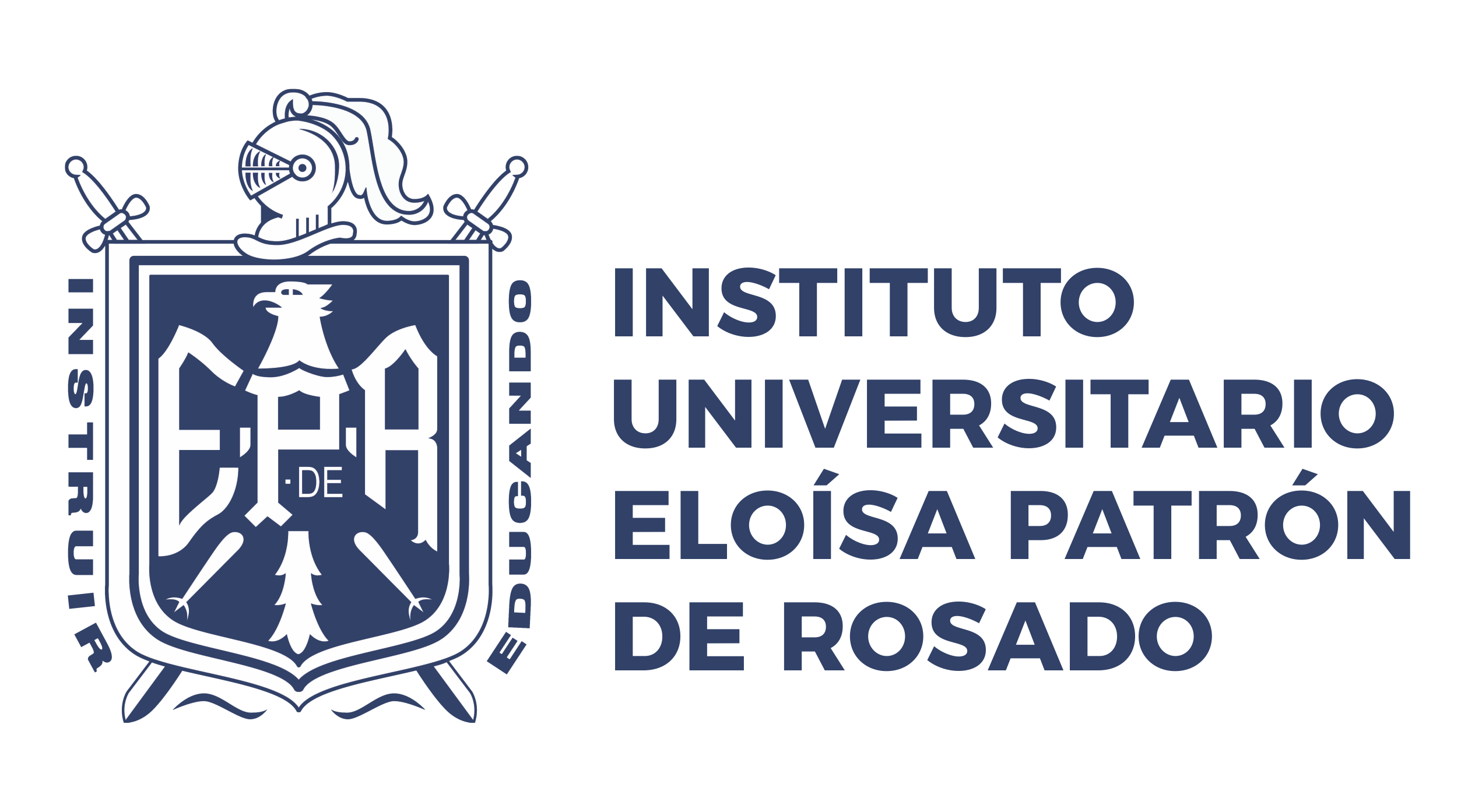Each telephone contact is necessary, and training your employees in handling each call professionally and effectively is essential. Telephone skills training should be executed in brief sessions on an ongoing basis. Refresher training is sweet for all.
The Objectives of Training
The purpose of training is twofold:
1. To refresh our goal with Callers, and our goals on every telephone call
2. To refresh our skills on every call from beginning to close
The goal is to clarify the trainee’s focus, and to heighten the trainee’s awareness to efficient use of skills on every call.
When looking at the call itself, the call construction is a good technique to improve skills throughout the call.
Utilizing the Call Construction to Train Employees
Each telephone call has a structure. The construction is made up of the essential phases or stages of the telephone call from the greeting to the close. The call construction could vary. A credit management call has a different structure to a Buyer care call. A complaint call has a special construction to dealing with an easy Buyer query.
It is vital that you simply work out the key stages of your typical calls, and that you use the training session to improve the approach at each stage. For example, what is an efficient greeting? What are good ways of asking questions? What will not be so good ways that we must always keep away from?
When dealing with troublesome calls, it is really vital to make positive the start stages of the call are performed successfully, in order that the whole call is handled professionally.
The Call Structure for Buyer Service
A good call construction for a standard Customer service telephone call is:
1. Good greeting. The greeting ought to always start with good morning, or good afternoon. Not only is this a pleasant way of greeting somebody, however it also ensures that the primary word a Caller hears is positive. The greeting also consists of the identification of the Firm or Division and the name of the individual answering the call. Giving your name ensures the call is personal.
2. Positive first response. The Caller will state their query or request. Again, the first thing they need to hear must be positive. Definitely I will help with that, or no problem, I will likely be blissful to help.
3. Good questions. The consultant will ask inquiries to tease out the difficulty and guarantee they have the information they should provide help. Questions can usually be perceived as aggressive or intrusive. Have your Team overview how they ask the questions to make sure they are not creating adverse reactions. A good technique of doing this in a training session is to first ask the questions badly, after which ask the same questions really nicely. The group can then analyse the bad and the nice to determine the difference
4. Listening and listening responses. When the Caller has answered a question, the consultant ought to repeat back numbers or key particulars, or reply encouragingly to the Caller. This ensures particulars are right, and that there isn’t a silence.
5. Confirming understanding. This is a key stage in the call that’s typically overlooked. The consultant summarises the problem or question back to the Caller, and confirms with them that they’ve the issue correct. There are two main benefits of this stage of the call. One is that the representative really does be certain that they get it right before providing a solution. The opposite is that the Caller gets a really positive feeling that the consultant has listened and in addition that she or he understands. With an irate Caller or a tricky situation, this phase is the key to handling this call well, say it back to them!
6. Provide a solution. At this level the consultant will supply information or a solution. This is finished using positive, definite language somewhat than negative, submissive or aggressive language. Even in the event you can’t offer an answer, we will nonetheless be positive and helpful. The format for this is, unfortunately we won’t do this, but what I can recommend is that. Guarantee you will have a positive option to offer.
7. Gain the Caller’s agreement. The efficient consultant will ask closed questions to gain the Caller’s agreement and to move smoothly towards the close of the call.
8. Close the Call. Have alternative closes for different types of calls. Keep in mind that the close is the last thing the Caller will bear in mind, so ensure it is positive.
If you adored this article and also you would like to be given more info relating to telephone customer service training please visit the web-site.

Comentarios recientes